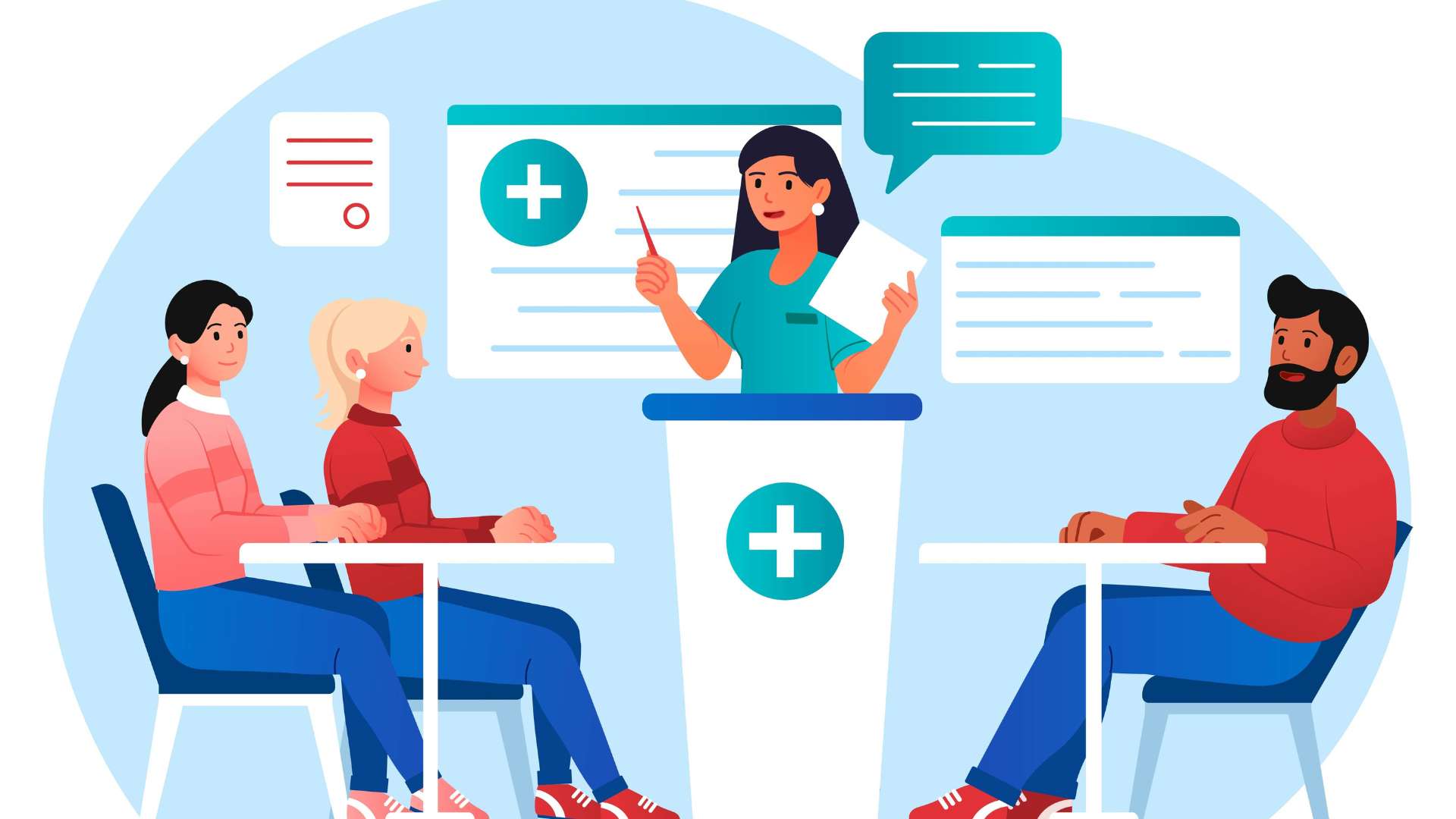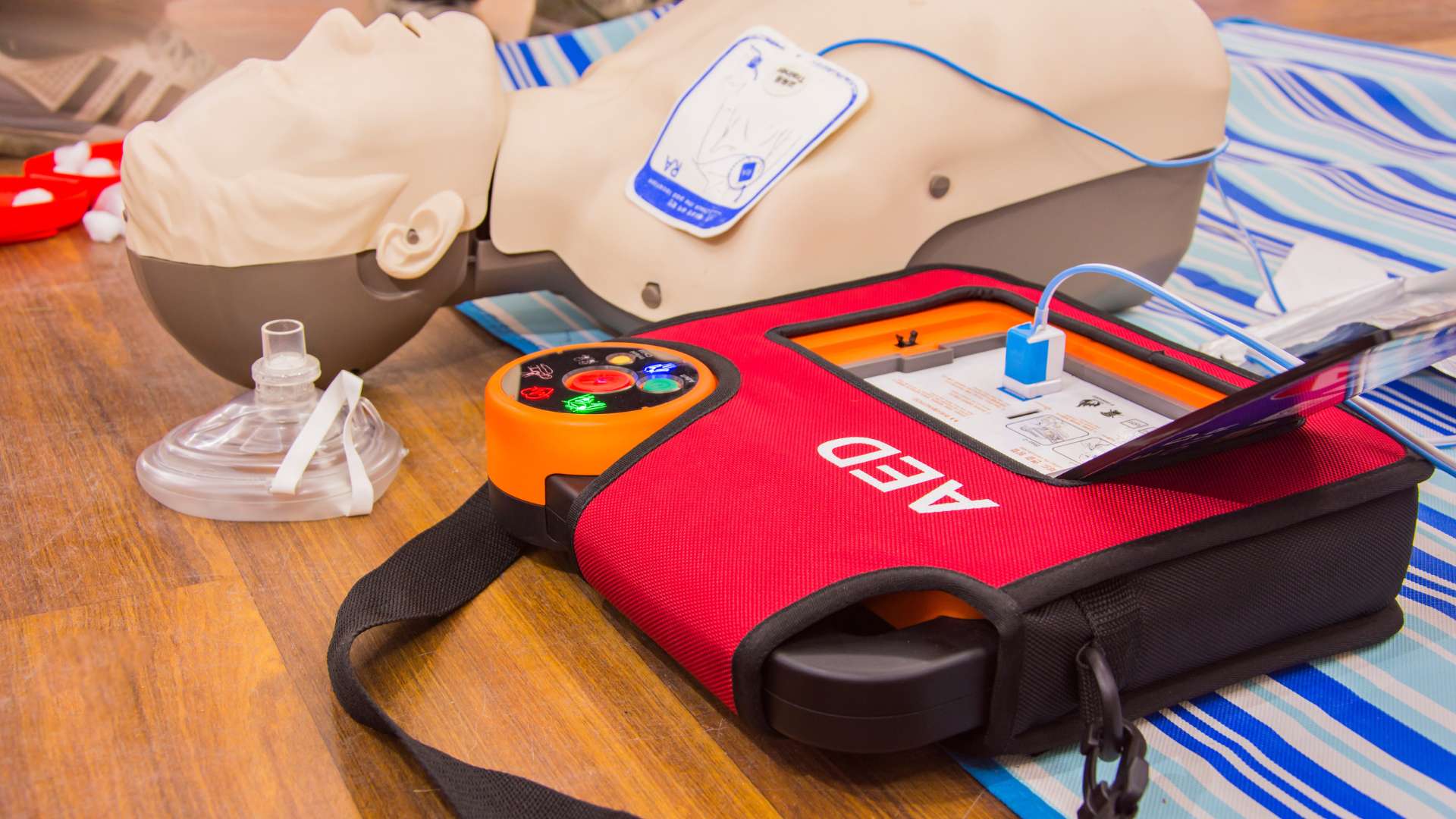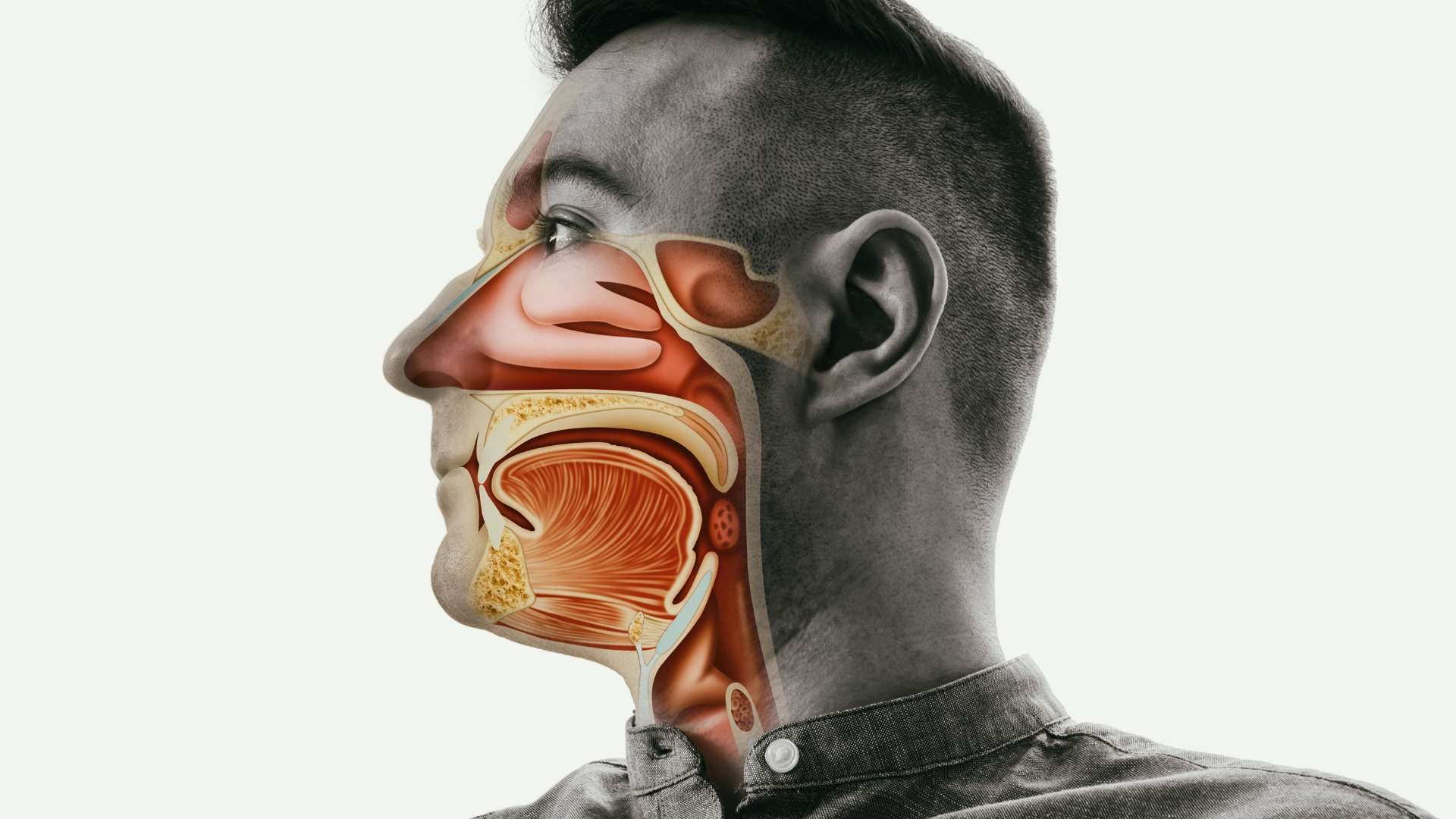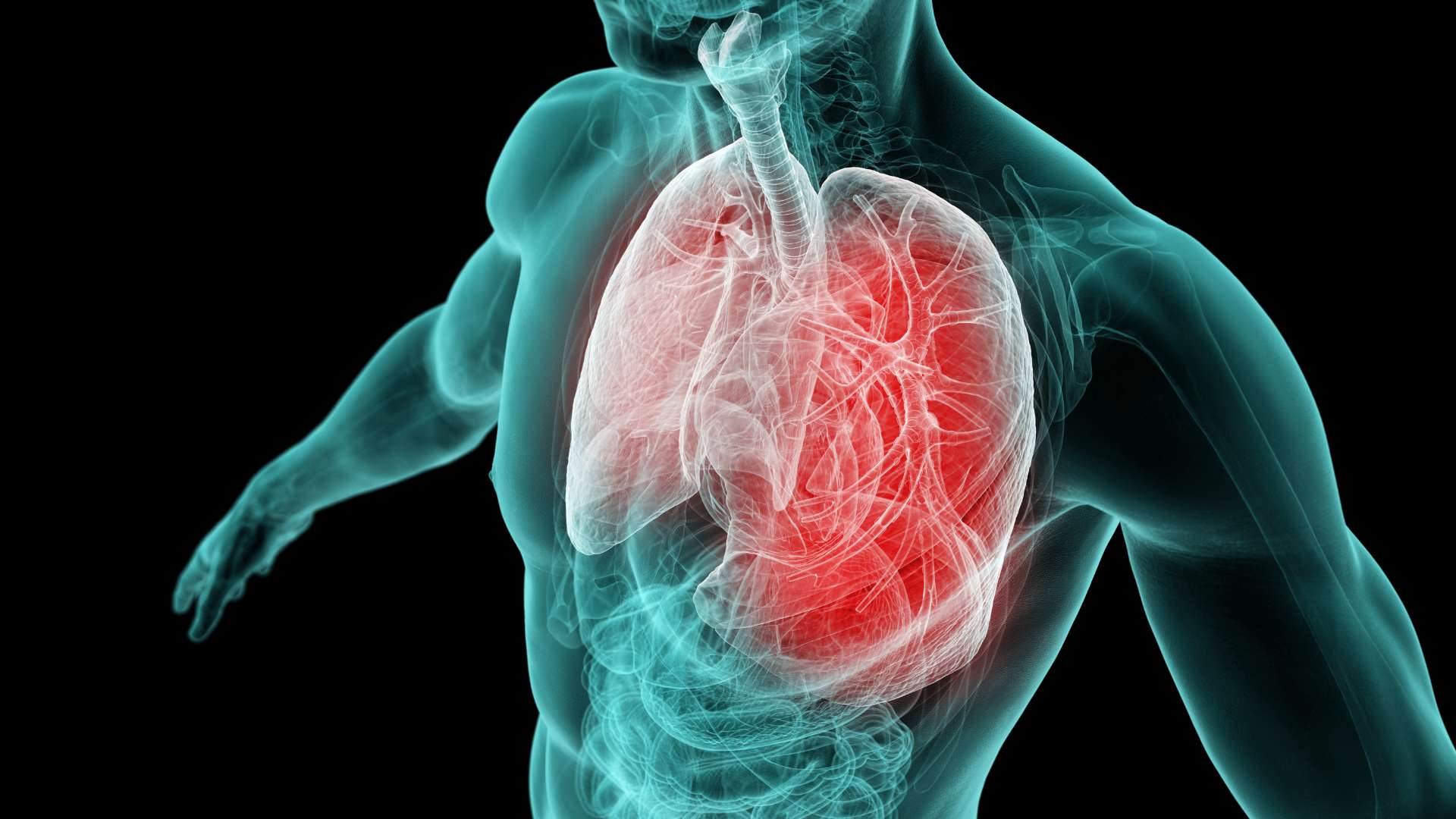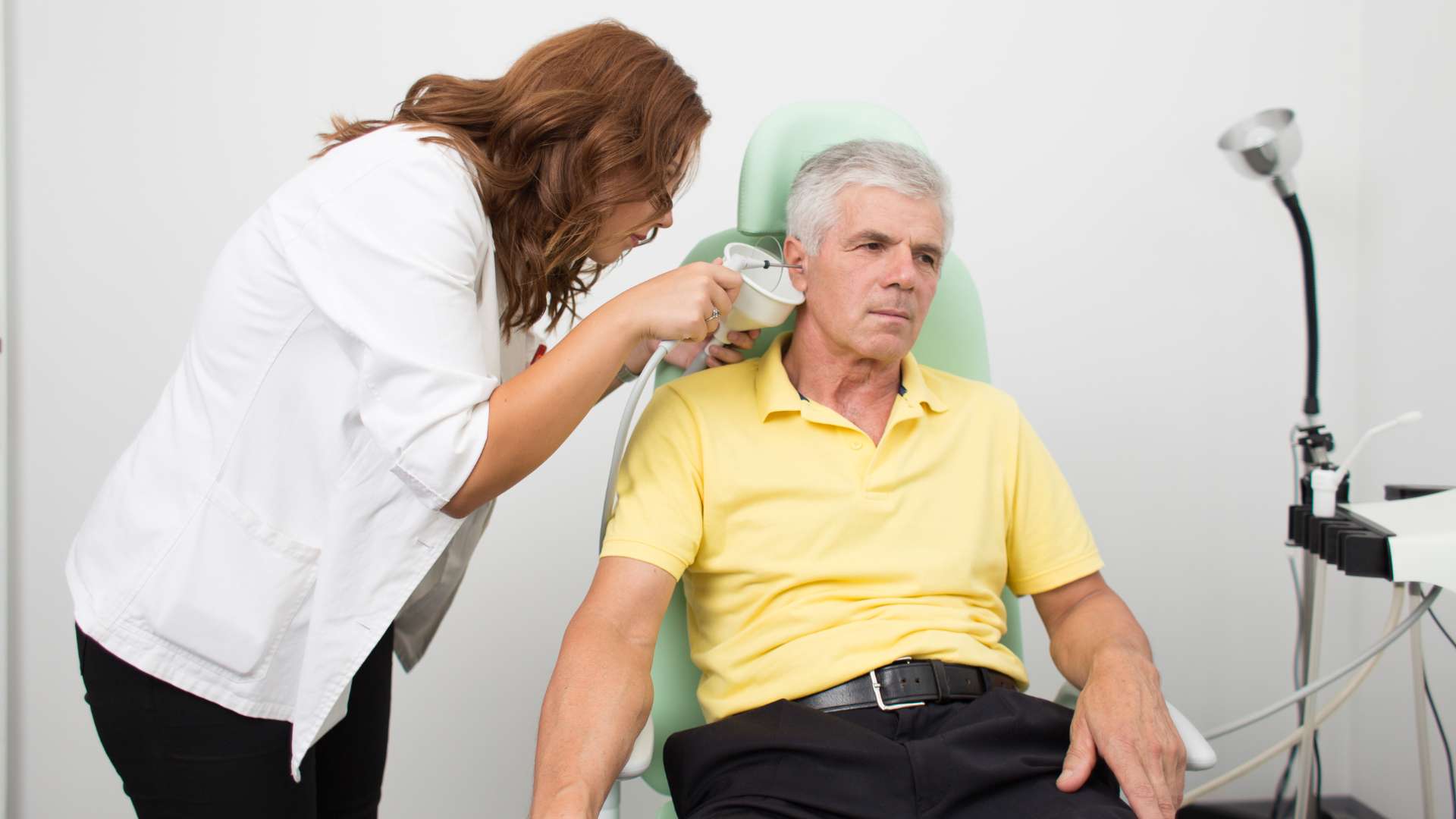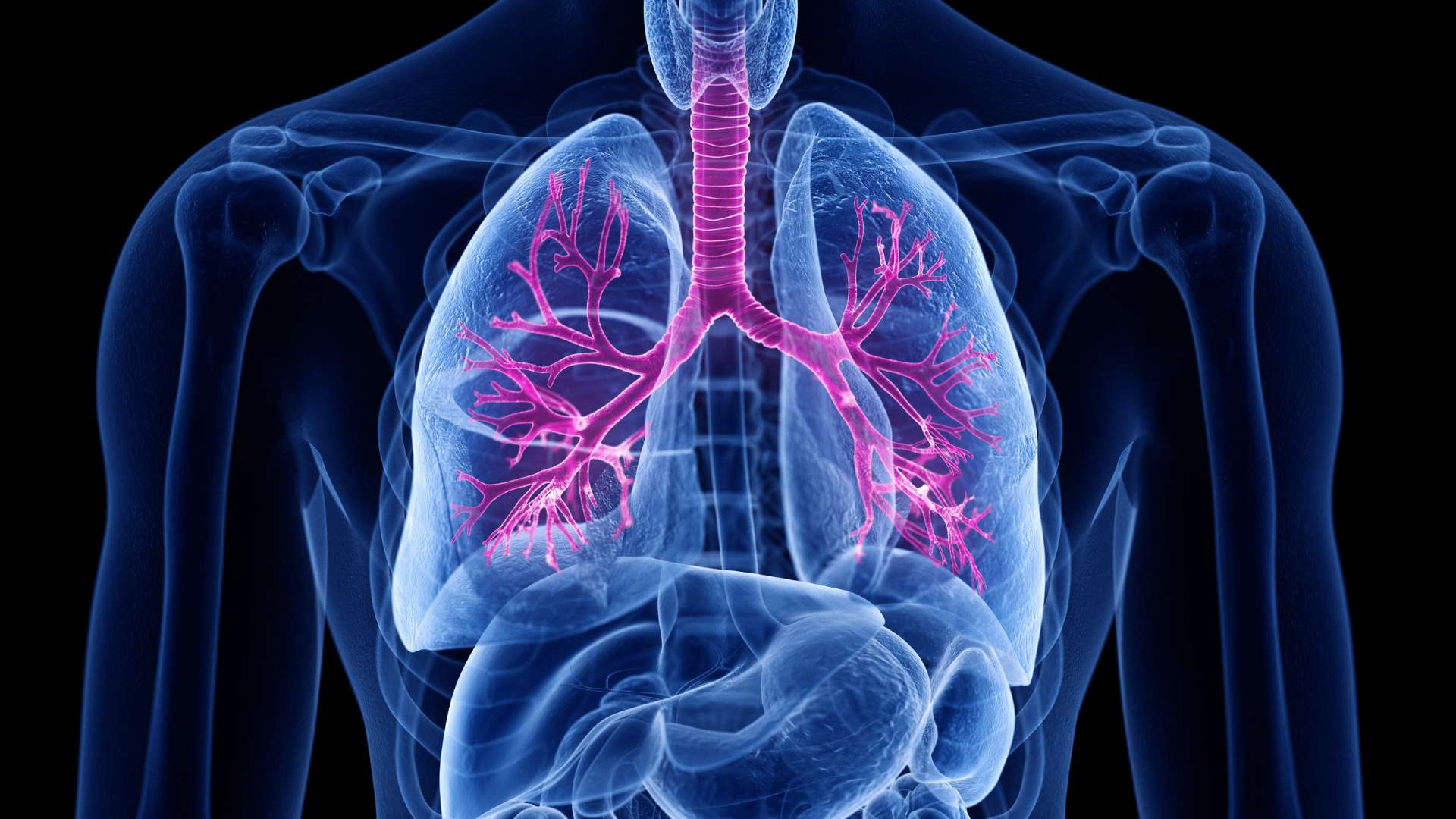Physical examinations prioritize the health and well-being of your workforce. This comprehensive guide will explore the importance of physical examinations, different types, and why they are essential for schools, sports organizations, and businesses.
What is a Physical Examination?
A physical examination is a systematic evaluation of an individual’s overall health and well-being conducted by a healthcare professional. Schools, sports organizations, and businesses often require physical examinations to ensure individuals can participate in activities, assess their health status, and identify medical concerns.
Types of Physical Examinations
Physical examinations can vary based on the purpose and the age group of individuals. Some common types include:
School Physical Examinations: Required for students entering schools or participating in specific programs to assess their general health and detect any underlying health conditions.
Sports Physical Examinations: Mandatory for athletes to determine their physical fitness level and identify potential health risks before engaging in competitive sports.
Pre-Employment Physical Examinations: Employers use pre-employment physical examinations to assess potential employees’ overall health and fitness and ensure their ability to perform job-related tasks.
Periodic Occupational Physical Examinations: Administered to employees as part of routine health monitoring, ensuring their continued well-being in the workplace.
Benefits of Physical Examinations for Employees and Employers
Physical examinations offer a range of benefits to both employees and employers:
Early Detection of Health Issues: Regular physical examinations help identify health concerns early, enabling timely intervention and treatment.
Promoting a Healthy Workforce: By ensuring employees’ well-being, physical examinations contribute to a healthier and more productive workforce.
Reducing Workplace Absenteeism: Timely detection and management of health conditions can reduce absenteeism and promote a more stable workforce.
Compliance with Legal Requirements: Many industries and regulatory bodies mandate physical examinations for specific job positions, ensuring compliance with legal standards.
The Role of Education in Encouraging Routine Physical Examinations
Proper education is crucial in encouraging employees to prioritize routine physical examinations. Employers can foster a workplace culture of health and well-being by providing employees with information on the benefits of regular health check-ups.
Frequently Asked Questions about Physical Examinations
1. How often should employees undergo physical examinations?
The frequency of physical examinations may vary based on age, health status, and occupational factors. Generally, adults should have a physical exam at least once a year.
2. What should I expect during a physical examination?
A healthcare professional will conduct various assessments during a physical examination, including vital signs, medical history review, and a thorough physical examination.
3. Are physical examinations covered by insurance?
Many health insurance plans cover routine physical examinations as preventive care. However, coverage may vary, so you must check with your insurance provider.
4. Can physical examinations identify potential workplace hazards?
Yes, physical examinations can identify health conditions that may be aggravated or influenced by workplace hazards, helping employers implement appropriate preventive measures.
Occupational Health Services understands the importance of regular physical examinations to promote a healthy and productive school, athletes, and employees. Contact us today to request an appointment and learn how our comprehensive healthcare services can support your teams’ well-being.



